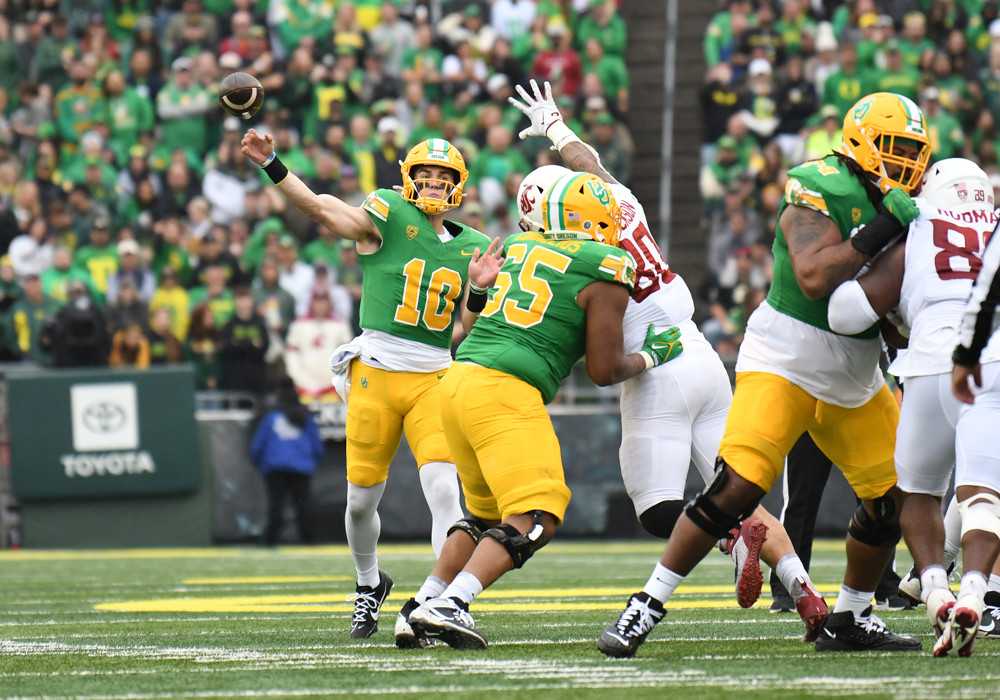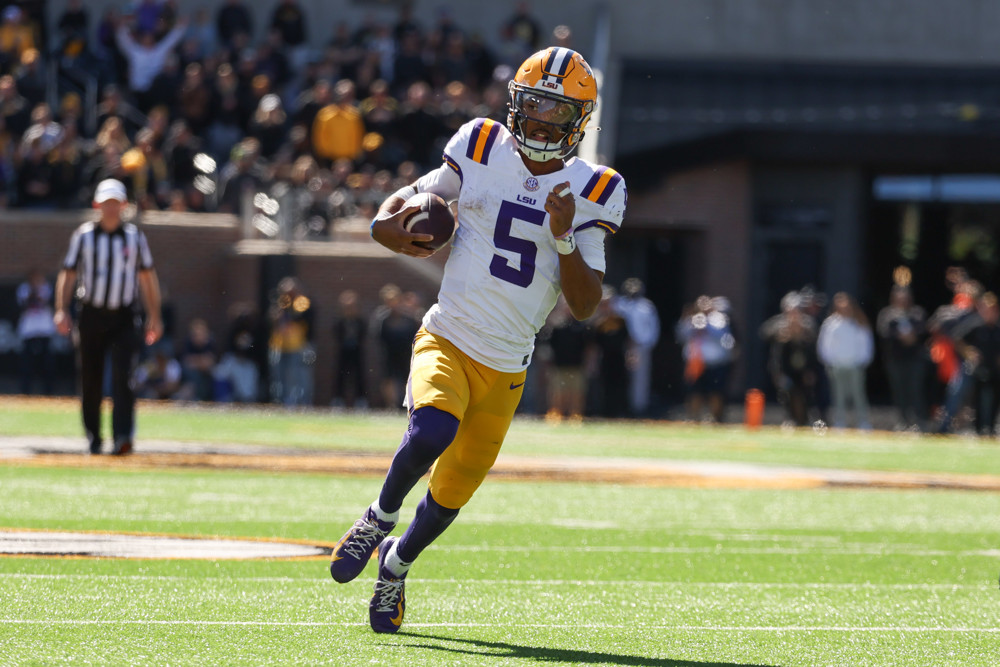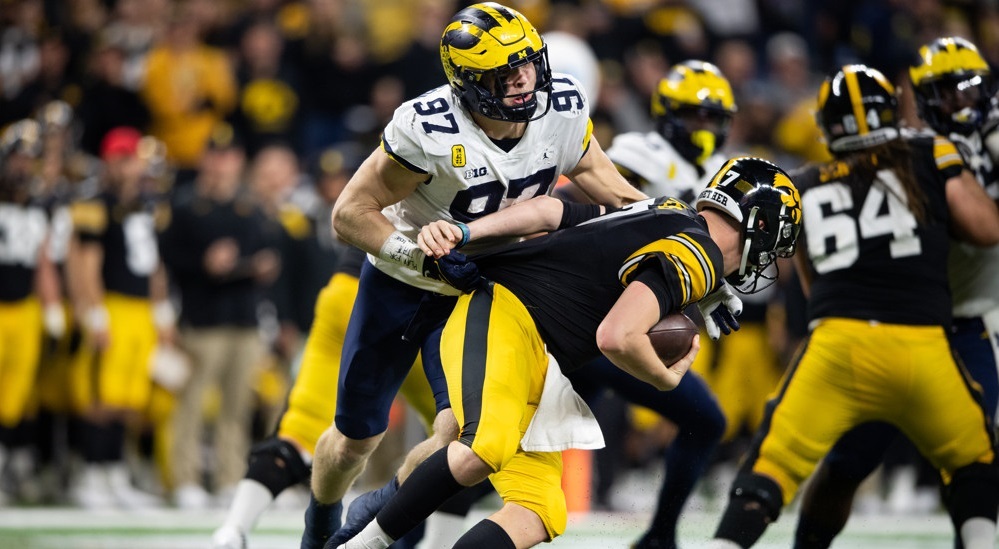The Minnesota Golden Gophers have been the embodiment of Big Ten football the last couple of seasons. They led the FBS in 2021 in the number of plays with 6 offensive linemen and 7 offensive linemen on a play, usually accompanied by a tight end or two as well. Their offensive line was the most experienced in college football with 204 combined starts between the 5 starters. Not only were they experienced, they were massive as well; bigger than the Minnesota Vikings’ offensive line. Unsurprisingly, the team was very effective at running the ball and the metrics illustrate that.
When it comes to overall Points Earned, all 5 Minnesota starters rank in the top 18 in the Big Ten for blocking with 4 players in the Top 8. While they did earn some points for pass blocking, the run blocking aspect is where they dominate. Minnesota has 5 of the top 6 Big Ten linemen when it comes to points earned for run blocking. With 4 of its 5 linemen in this year’s draft, why are those players not being talked about more?
While metrics can tell a very interesting story, it can be easy to overlook the elements that factor into it. Minnesota is an extremely run-heavy team who also relies heavily on RPOs and has a stable of high-quality running backs. The entire offensive line was healthy for the whole year and they often had help blocking with massive tight ends or extra linemen. This isn’t to say the offensive line isn’t good, but rather that they are just perfectly situated to dominate in Minnesota’s offensive scheme.
Cohesiveness between an offensive line is paramount to their success and Minnesota was able to keep a fairly consistent offensive line together over the last couple of years. Players understand each other’s assignments and how to communicate stunts and blitzes effectively. When the linemen are looked at individually compared to as a whole, there are some strengths and weaknesses that begin to emerge.
Daniel Faalele is the best pro prospect on the Minnesota offensive line. He is an absolute mountain of a man with athleticism not seen in men his size very often. While he has been only playing football a few years, he shows immense potential.
One of the things Minnesota coaches is the 45-degree set. The offensive line treats the line of scrimmage like a 45-degree angle which allows the tackles to keep up with speed rushers on the outside, but leaves them vulnerable to inside moves. The vertical set is much more common in the NFL and this is a new technique for Faalele. Faalele showed a lot of upside while at Minnesota, but Minnesota’s offensive scheme is not what the NFL uses and he will need to adjust to this.
Blaise Andries and Conner Olson both had a ton of starts in college and were very effective in their roles. They are being viewed as Day 3 picks at best with a good chance of going undrafted.
Similar to Faalele, Minnesota’s offensive scheme highlighted their strengths while masking any deficiencies.
Olson set the Big Ten record for most collegiate starts and was as durable as they come, but he’s close to his ceiling already and lacks fluidity in open spaces that teams want to see out of their interior linemen.
Andries was a valuable piece that could be moved just about anywhere and be counted on, but he doesn’t drive defenders off the ball and struggles with leverage on the interior. Sam Schlueter was another linemen who helped pave the way for Minnesota, but he received a low grade and likely saw his best football at the collegiate level.
These players had great college careers, but playing in a scheme that fit their strengths, and having the entire offensive line in sync was a big reason for their success.
The Golden Gophers have not had an offensive linemen drafted to the NFL since 2006. That’s likely to end this year. Minnesota’s offensive line is filled with NFL-level players, but there will be plenty of players drafted higher or have bigger NFL roles that don’t show up as metric darlings.
Metrics are a great tool to dissect a game, a team, a player, but it is important to remember that these players are still humans with strengths and weaknesses. Evaluating a player requires individual film analysis along with metrics. While the Minnesota offensive line will be broken up and find various roles at the next level, it is fun to sit back and take in just how dominant they were together during the 2021 season.



